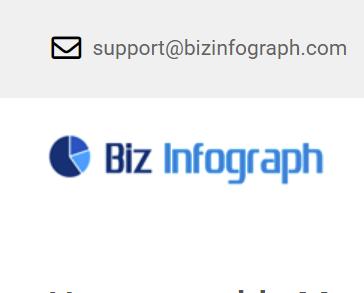
Side by side bar chart
In the realm of data visualization, side-by-side charts, also known as side-by-side bar graphs or side-by-side bar charts, are powerful tools used to compare multiple sets of data simultaneously. These visualizations are widely employed in business settings to convey complex information in a clear and concise manner. In this comprehensive article, we will delve into the concept of side-by-side charts, explore their applications in business, and discuss best practices for creating and interpreting them.
Understanding Side-by-Side Charts
Side-by-side charts are graphical representations that display two or more sets of data side by side, allowing viewers to easily compare values across different categories or groups. These charts typically use bars or columns to represent the data, with each bar or column corresponding to a specific category or group. By placing the data sets adjacent to each other, side-by-side charts facilitate quick comparisons and enable viewers to identify trends, patterns, and differences in the data.
Side-by-side charts find numerous applications in business contexts across various industries. Some common use cases include:
Sales Performance Analysis: Businesses often use side-by-side charts to compare sales performance across different regions, products, or time periods. By visualizing sales data in this manner, decision-makers can identify top-performing products or regions and allocate resources accordingly.
Marketing Campaign Evaluation: Marketers use side-by-side charts to compare the effectiveness of different marketing campaigns or channels. By analyzing metrics such as click-through rates, conversion rates, or return on investment (ROI) side by side, marketers can optimize their strategies and allocate marketing budgets more effectively.
Financial Reporting: Side-by-side charts are frequently used in financial reporting to compare key financial metrics, such as revenue, expenses, or profitability, across different quarters, years, or business units. These visualizations help stakeholders gain insights into the financial health of the organization and make informed decisions.
Employee Performance Tracking: Human resources departments use side-by-side charts to track and compare employee performance metrics, such as sales targets, productivity, or customer satisfaction scores, across different teams or individuals. These charts can inform performance reviews, training initiatives, and incentive programs.
Best Practices for Creating Side-by-Side Charts
To create effective side-by-side charts that convey your message clearly and accurately, consider the following best practices:
Choose the Right Chart Type: While side-by-side bar charts are the most common choice for comparing categorical data, consider other chart types, such as side-by-side line charts or side-by-side stacked bar charts, depending on your data and the insights you want to convey.
Ensure Clarity and Consistency: Label your axes clearly and consistently, and use descriptive titles and legends to provide context for your chart. Ensure that your colors are distinct and easily distinguishable, especially if you're comparing multiple data sets.
Limit the Number of Data Sets: Avoid overcrowding your chart with too many data sets, as this can overwhelm viewers and make it difficult to interpret the data. Focus on highlighting the most relevant comparisons and consider using multiple charts if necessary.
Provide Context: Provide additional context or annotations where necessary to help viewers understand the significance of the data and any trends or patterns that emerge.
Conclusion
In conclusion, side-by-side charts are valuable tools for comparing multiple sets of data in business settings. Whether you're analyzing sales performance, evaluating marketing campaigns, or tracking financial metrics, side-by-side charts can help you gain insights, identify trends, and make informed decisions. By following best practices for creating and interpreting these visualizations, you can effectively communicate your message and drive business success.
